
Andrea Rossato
Members-
Posts
14 -
Joined
-
Last visited
About Andrea Rossato
- Birthday 04/08/1969
Profile Information
-
Gender
Male
-
Location
Udine -Italy
-
Interests
Navy model, photography
Recent Profile Visitors
The recent visitors block is disabled and is not being shown to other users.
-
 Joseph A Robles reacted to a post in a topic:
Model Ship Building Stands And Vices
Joseph A Robles reacted to a post in a topic:
Model Ship Building Stands And Vices
-
 Andrea Rossato reacted to a post in a topic:
USS Cairo 1862 by MPB521 – FINISHED - Scale 1:48 - American Civil War Ironclad - First Scratch Build
Andrea Rossato reacted to a post in a topic:
USS Cairo 1862 by MPB521 – FINISHED - Scale 1:48 - American Civil War Ironclad - First Scratch Build
-
 Andrea Rossato reacted to a post in a topic:
USS Cairo 1862 by MPB521 – FINISHED - Scale 1:48 - American Civil War Ironclad - First Scratch Build
Andrea Rossato reacted to a post in a topic:
USS Cairo 1862 by MPB521 – FINISHED - Scale 1:48 - American Civil War Ironclad - First Scratch Build
-
 Andrea Rossato reacted to a post in a topic:
USS Cairo 1862 by MPB521 – FINISHED - Scale 1:48 - American Civil War Ironclad - First Scratch Build
Andrea Rossato reacted to a post in a topic:
USS Cairo 1862 by MPB521 – FINISHED - Scale 1:48 - American Civil War Ironclad - First Scratch Build
-
 Andrea Rossato reacted to a post in a topic:
USS Cairo 1862 by MPB521 – FINISHED - Scale 1:48 - American Civil War Ironclad - First Scratch Build
Andrea Rossato reacted to a post in a topic:
USS Cairo 1862 by MPB521 – FINISHED - Scale 1:48 - American Civil War Ironclad - First Scratch Build
-
 Andrea Rossato reacted to a post in a topic:
USS Cairo 1862 by MPB521 – FINISHED - Scale 1:48 - American Civil War Ironclad - First Scratch Build
Andrea Rossato reacted to a post in a topic:
USS Cairo 1862 by MPB521 – FINISHED - Scale 1:48 - American Civil War Ironclad - First Scratch Build
-
 Andrea Rossato reacted to a post in a topic:
USS Cairo 1862 by MPB521 – FINISHED - Scale 1:48 - American Civil War Ironclad - First Scratch Build
Andrea Rossato reacted to a post in a topic:
USS Cairo 1862 by MPB521 – FINISHED - Scale 1:48 - American Civil War Ironclad - First Scratch Build
-
 Andrea Rossato reacted to a post in a topic:
USS Cairo 1862 by MPB521 – FINISHED - Scale 1:48 - American Civil War Ironclad - First Scratch Build
Andrea Rossato reacted to a post in a topic:
USS Cairo 1862 by MPB521 – FINISHED - Scale 1:48 - American Civil War Ironclad - First Scratch Build
-
 Andrea Rossato reacted to a post in a topic:
New England Stonington Dragger by FriedClams - FINISHED - 1:48 - POB
Andrea Rossato reacted to a post in a topic:
New England Stonington Dragger by FriedClams - FINISHED - 1:48 - POB
-
 Andrea Rossato reacted to a post in a topic:
New England Stonington Dragger by FriedClams - FINISHED - 1:48 - POB
Andrea Rossato reacted to a post in a topic:
New England Stonington Dragger by FriedClams - FINISHED - 1:48 - POB
-
 bolin reacted to a post in a topic:
Etoile 1932 by Andrea Rossato - Scale 1:50 - Schooner
bolin reacted to a post in a topic:
Etoile 1932 by Andrea Rossato - Scale 1:50 - Schooner
-
 GrandpaPhil reacted to a post in a topic:
Etoile 1932 by Andrea Rossato - Scale 1:50 - Schooner
GrandpaPhil reacted to a post in a topic:
Etoile 1932 by Andrea Rossato - Scale 1:50 - Schooner
-
 GrandpaPhil reacted to a post in a topic:
Etoile 1932 by Andrea Rossato - Scale 1:50 - Schooner
GrandpaPhil reacted to a post in a topic:
Etoile 1932 by Andrea Rossato - Scale 1:50 - Schooner
-
 GrandpaPhil reacted to a post in a topic:
Etoile 1932 by Andrea Rossato - Scale 1:50 - Schooner
GrandpaPhil reacted to a post in a topic:
Etoile 1932 by Andrea Rossato - Scale 1:50 - Schooner
-
 GrandpaPhil reacted to a post in a topic:
Etoile 1932 by Andrea Rossato - Scale 1:50 - Schooner
GrandpaPhil reacted to a post in a topic:
Etoile 1932 by Andrea Rossato - Scale 1:50 - Schooner
-
First block construction test. Not having tools like a lathe I have always had to strive to find alternative solutions
- 9 replies
-
- Schooner
- training vessel
-
(and 1 more)
Tagged with:
-
- 9 replies
-
- Schooner
- training vessel
-
(and 1 more)
Tagged with:
-
Model Ship Building Stands And Vices
Andrea Rossato replied to LEGION 12's topic in Modeling tools and Workshop Equipment
@tkay11 My hands are always glued to the strips ... they are sticky with epoxy ... they peel off vinyl and finally ... full of cuts, chips, abrasions. But they remain the best clamps -
@tkay11 I totally agree with your thinking. Sharing is for learning, teaching, giving and receiving ideas. For example, I have only 2 dremels of electrical equipment and a self-built column drill, a drill and all the other tools are manual. I therefore have to find solutions to build everything by continuously creating tools that help me and often ideas that are not directly applicable to me allow me to have ideas to solve. I am attaching the photo of the drill press ... it is built starting from a broken Black & Dekker column, an electric motor of a brush cutter :). I hope I wrote something understandable ... I have to apologize but my English is terrible.
- 9 replies
-
- Schooner
- training vessel
-
(and 1 more)
Tagged with:
-
@tkay11 Yess that plans Thanks to appreciate my work I just took a quick look at your work ... I was speechless ... simply amazing!! I use many techniques too ... with much lower results :), but I have already seen some tricks that I have never used and that are brilliant Thanks also for the ideas! Andrea
- 9 replies
-
- Schooner
- training vessel
-
(and 1 more)
Tagged with:
-
Étoile is a French naval schooner used as a training vessel. She was built in 1932 as a replica of a cod fishing vessel used off Iceland, as a training ship of the students of the École navale. During the Second World War, Étoile sailed to the United Kingdom after the Fall of France and was used by the Free French Naval Forces, returning to Brest in 1945. The schooner as well as her sister ship Belle Poule are still used by the École Navale as training ships in European waters. In the early 20th Century, the French Navy scrapped its aging traditional sailing ships, Melpomène in 1904, and Borda in 1914. In the following years, it emerged that student officers would benefit from at least some sailing training. Since it would consist only in short cruises around Brest rather than long cruises, the school decided not to build a three-masted ship. Instead, it chose a replica of a cod fishing schooner, which had the advantage of being both maneuverable, and strong enough to sustain the weather of the winter around Brest. in 1931, the Ministry of the Navy ordered two such ships, as to allow enough of the students to embark at the same time. The first was Belle Poule, and the second, Étoile. Étoile was launched on 7 July 1932, at the unusual hour of 1 in the morning. Lieutenant Richard, who oversaw construction for the Navy, was worried that Étoile would not be completed for the launch date, and had had an argument with Lemaistre, the engineer in charge of construction. Lemaistre proceeded to the launch in the night of the day chosen for the ceremony, and officials coming for the occasion were surprised to find Étoile already afloat.
- 9 replies
-
- Schooner
- training vessel
-
(and 1 more)
Tagged with:
About us
Modelshipworld - Advancing Ship Modeling through Research
SSL Secured
Your security is important for us so this Website is SSL-Secured
NRG Mailing Address
Nautical Research Guild
237 South Lincoln Street
Westmont IL, 60559-1917
Model Ship World ® and the MSW logo are Registered Trademarks, and belong to the Nautical Research Guild (United States Patent and Trademark Office: No. 6,929,264 & No. 6,929,274, registered Dec. 20, 2022)
Helpful Links
About the NRG
If you enjoy building ship models that are historically accurate as well as beautiful, then The Nautical Research Guild (NRG) is just right for you.
The Guild is a non-profit educational organization whose mission is to “Advance Ship Modeling Through Research”. We provide support to our members in their efforts to raise the quality of their model ships.
The Nautical Research Guild has published our world-renowned quarterly magazine, The Nautical Research Journal, since 1955. The pages of the Journal are full of articles by accomplished ship modelers who show you how they create those exquisite details on their models, and by maritime historians who show you the correct details to build. The Journal is available in both print and digital editions. Go to the NRG web site (www.thenrg.org) to download a complimentary digital copy of the Journal. The NRG also publishes plan sets, books and compilations of back issues of the Journal and the former Ships in Scale and Model Ship Builder magazines.

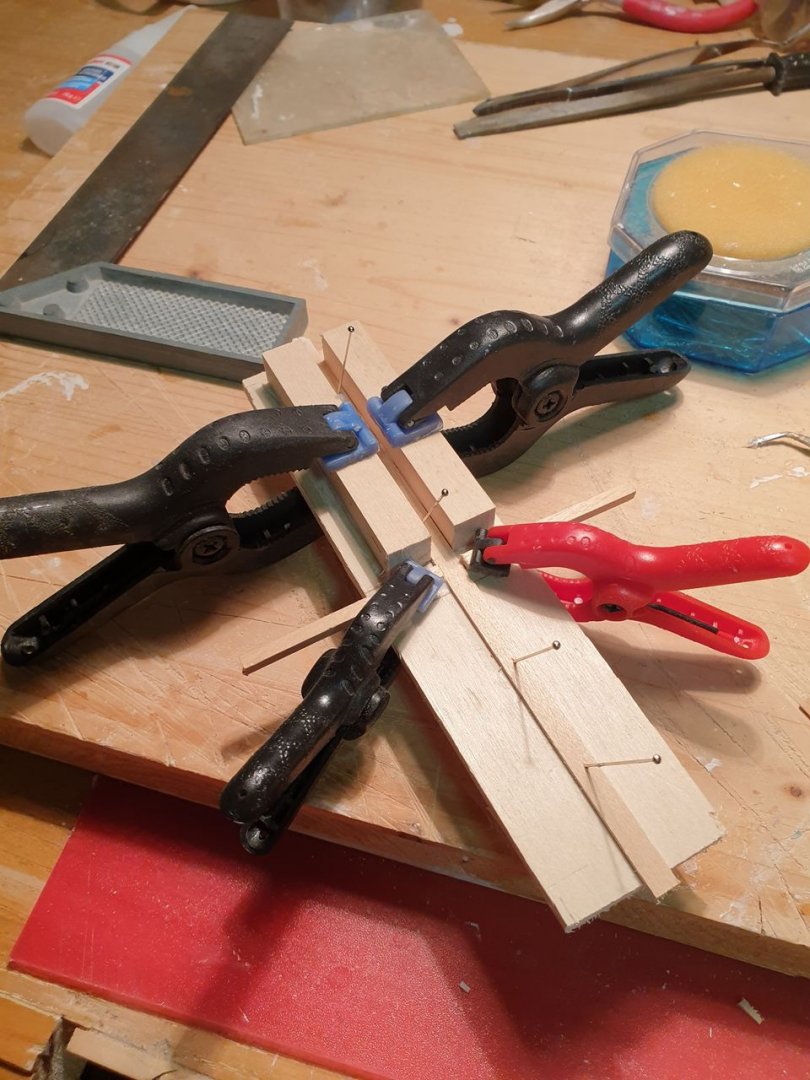
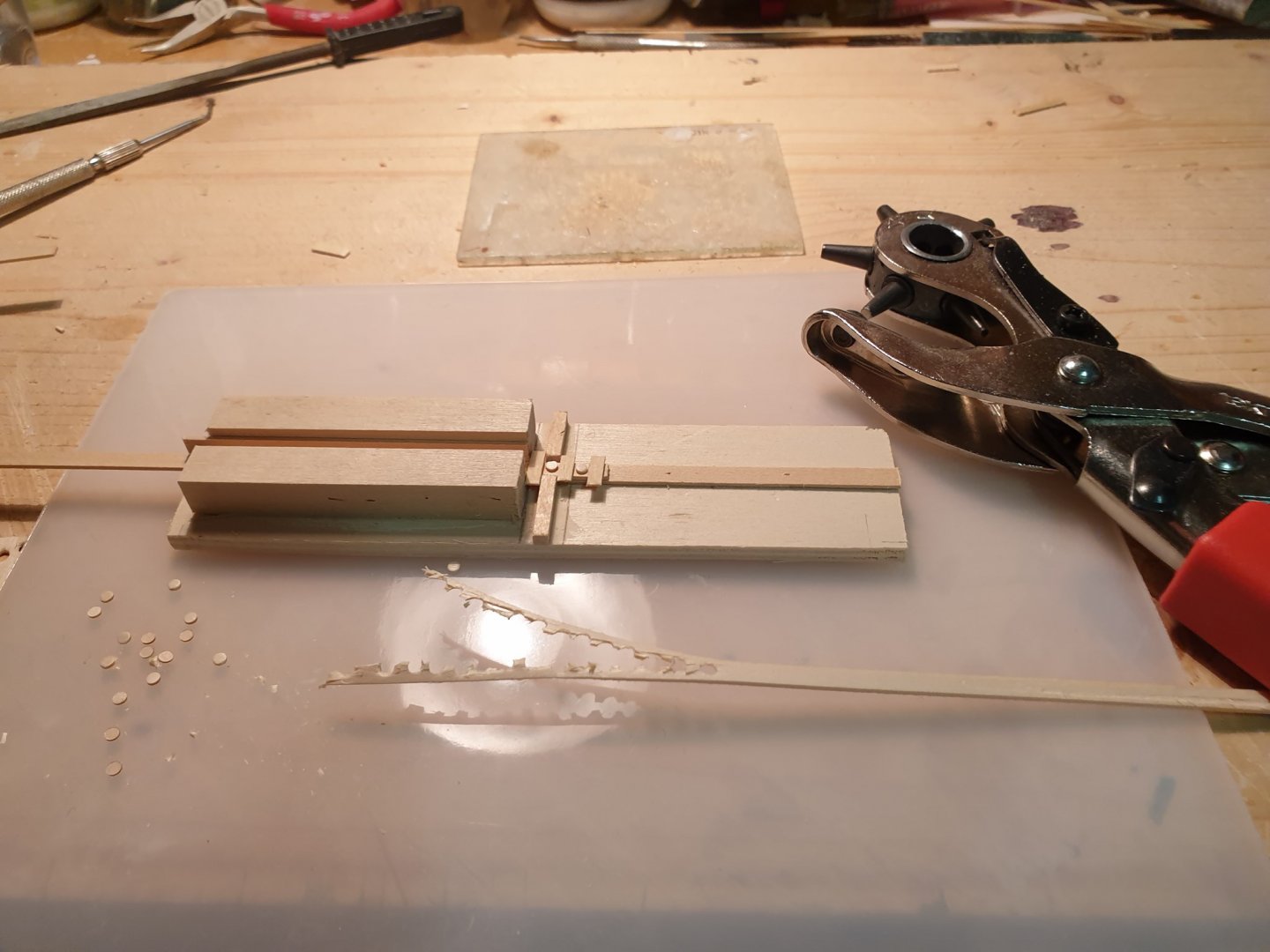
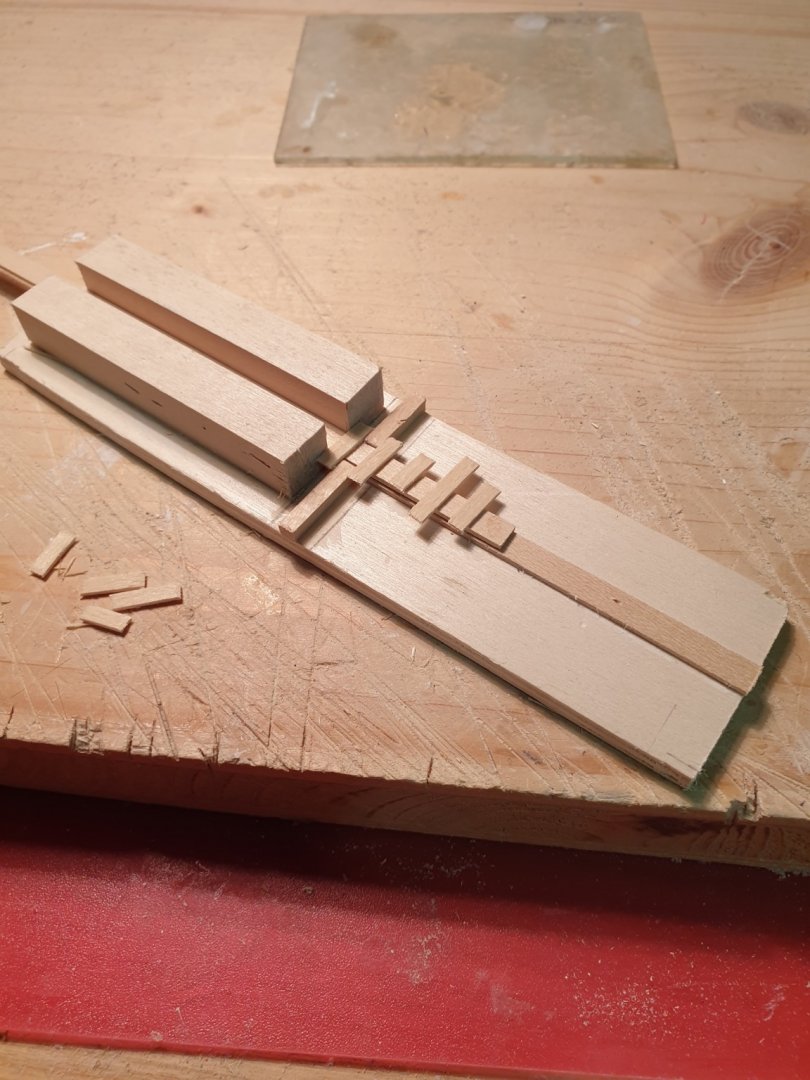
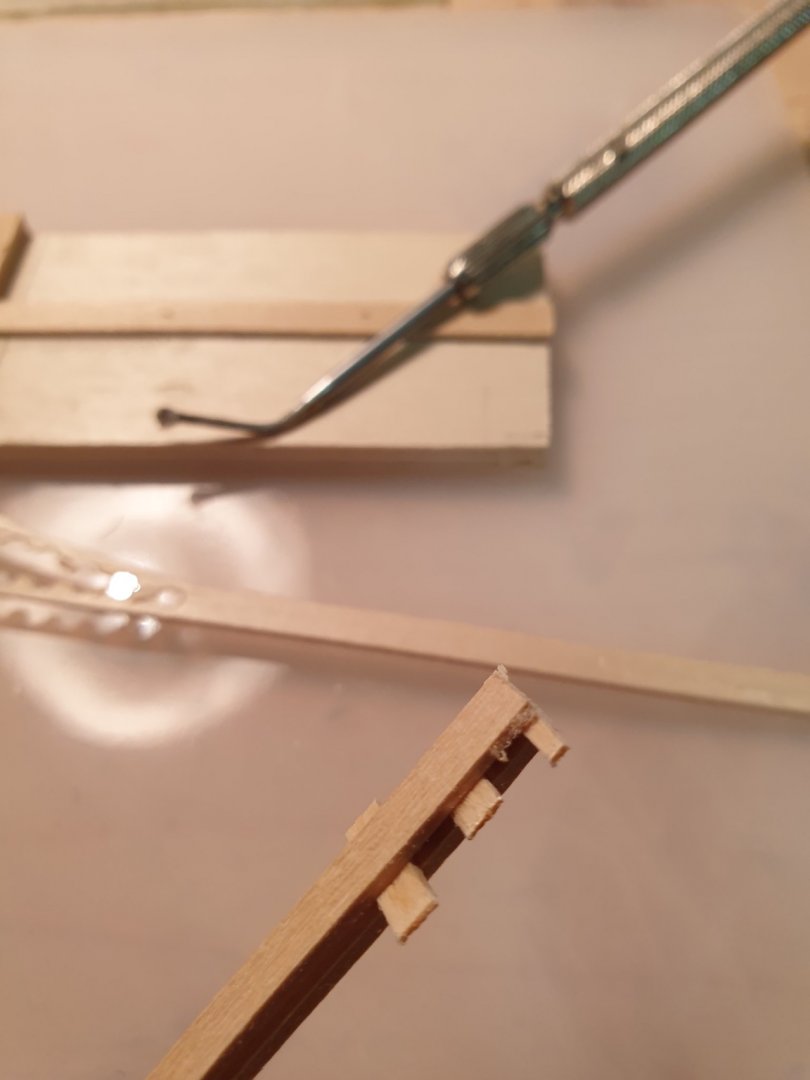
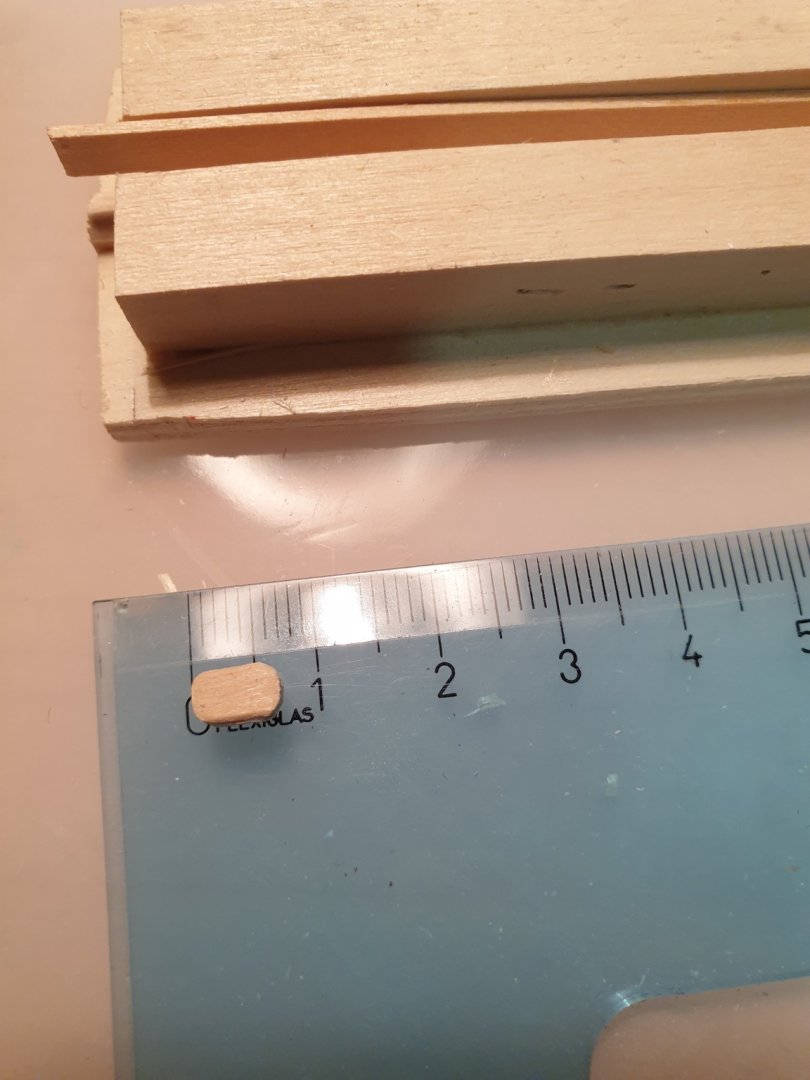
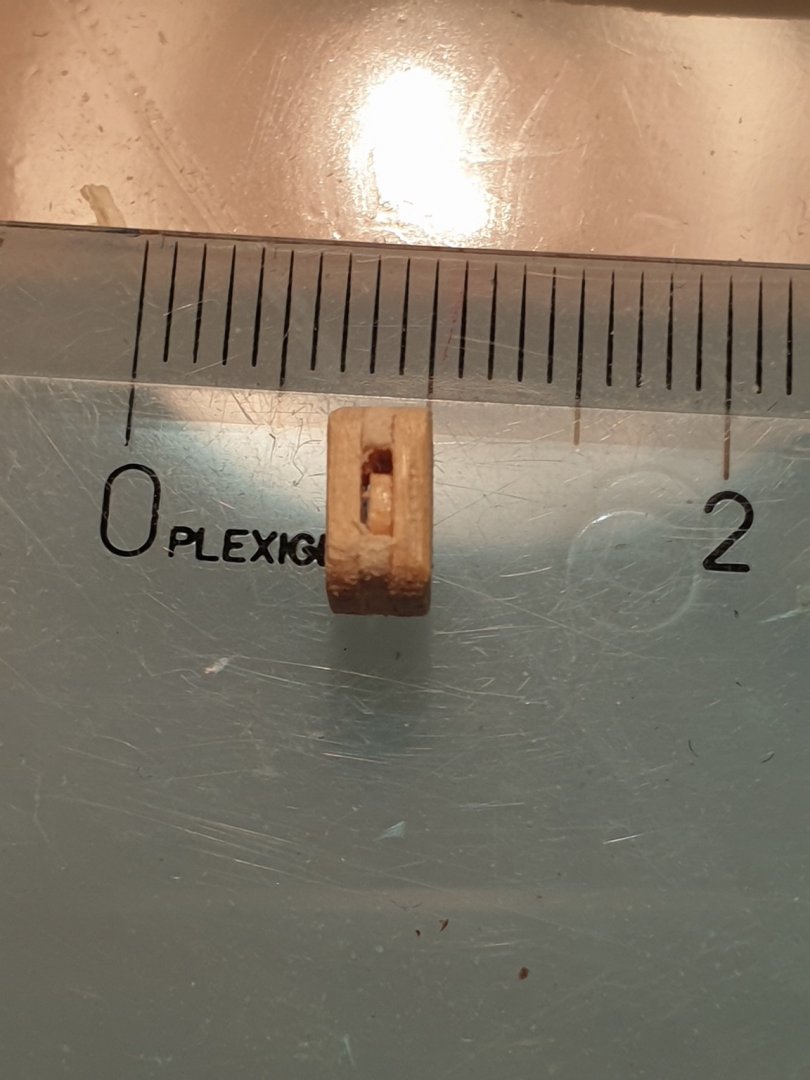

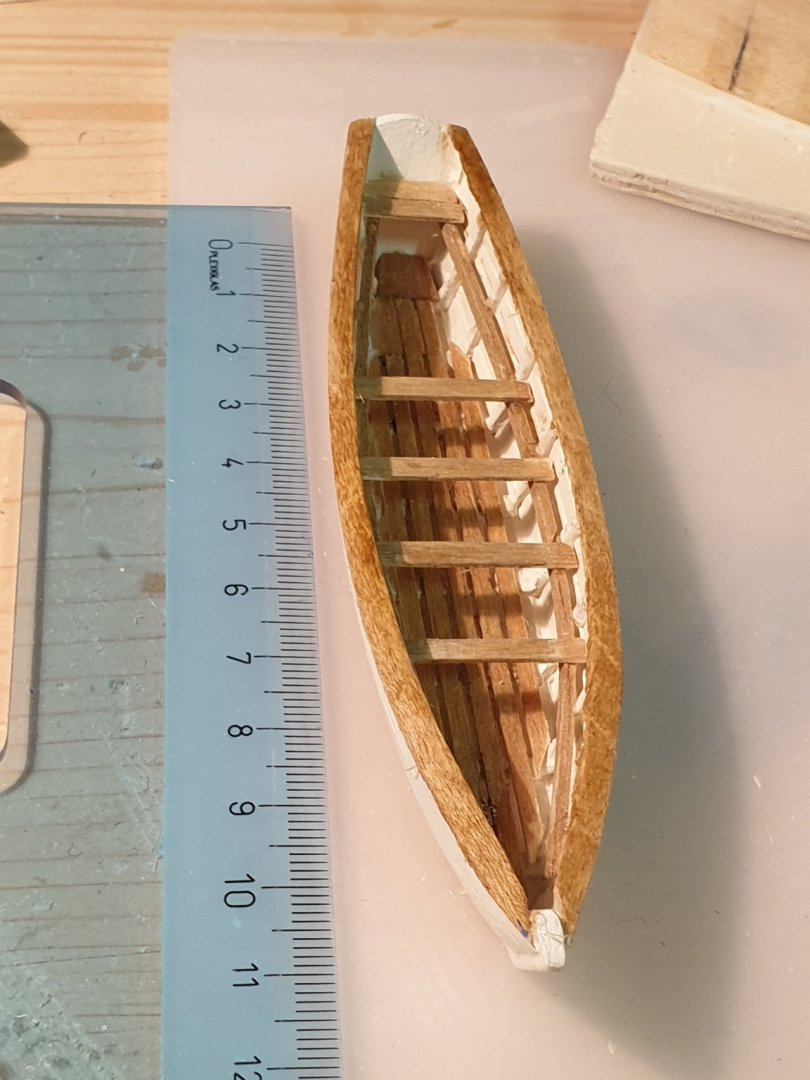
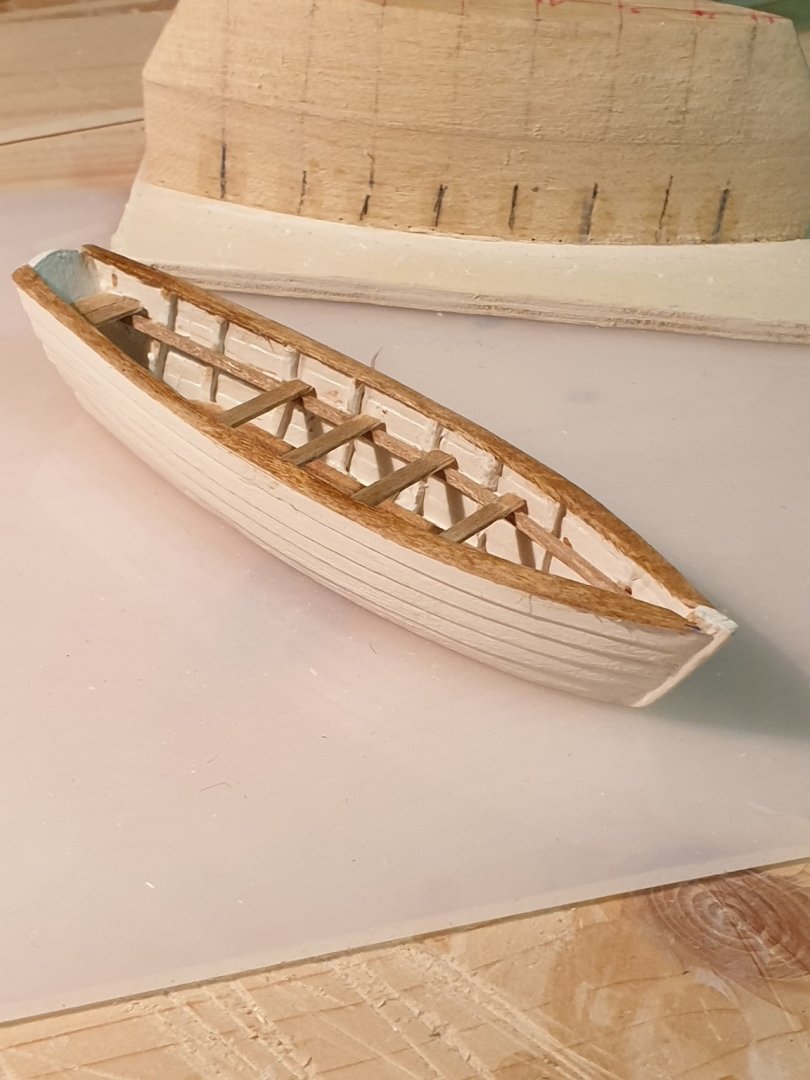
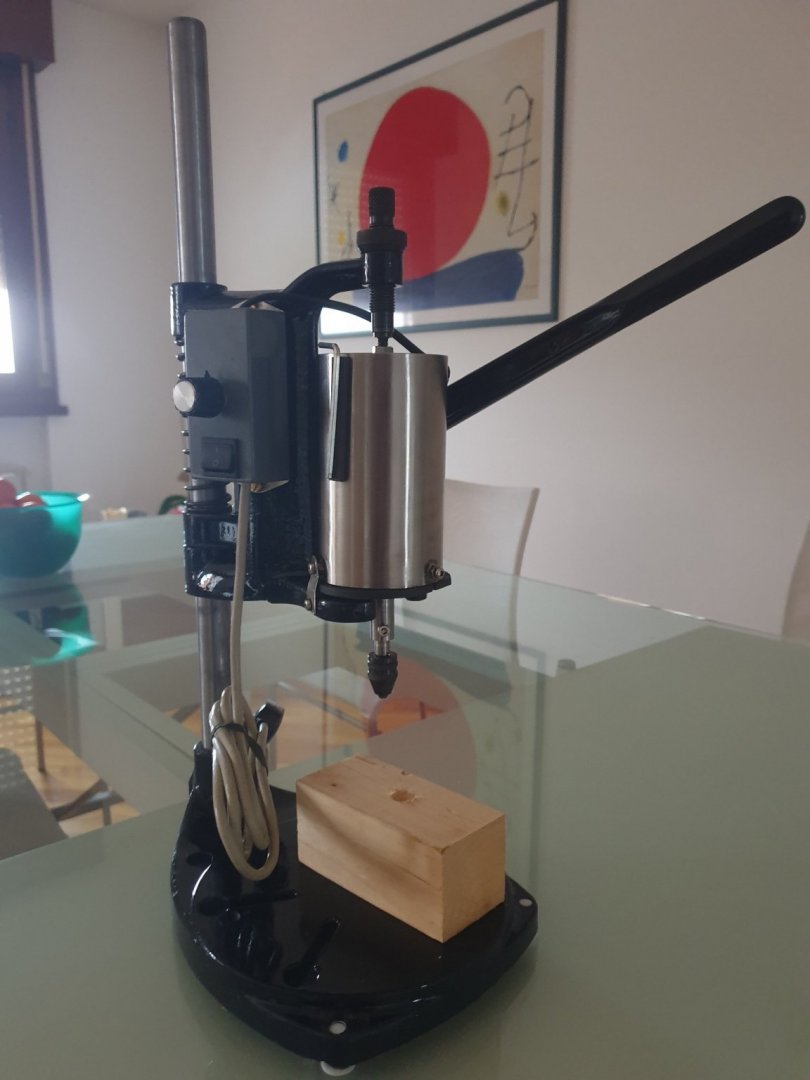
.thumb.jpg.d36e5e5b2e99d334b6125cdb6e6eef45.jpg)
.thumb.jpg.53eac766e485a35d6176e1b3c19e372a.jpg)
.thumb.jpg.1d0baf9767d86964b5c496e350796d63.jpg)
.thumb.jpg.6c2a1501bb09e6712049a75ef6aea996.jpg)
.thumb.jpg.0b014c7c7fb1f753322298f491ecb9af.jpg)
.thumb.jpg.8a8e5832765662bd7eb90496a8090bd9.jpg)
.thumb.jpg.e53853d9d389d5d97c32b80db6954c8d.jpg)
.thumb.jpg.bfedd8dc5cfd0206908365b4825dfed4.jpg)
.thumb.jpg.1fb303087404d4f96b214ebe43db9817.jpg)
.thumb.jpg.80c2686319ebb1e0da279610f6fae047.jpg)